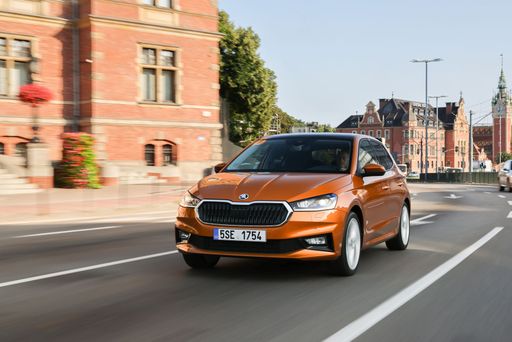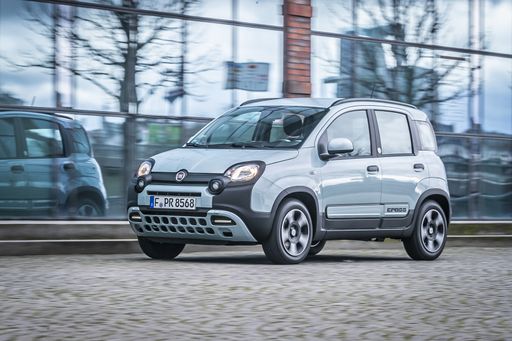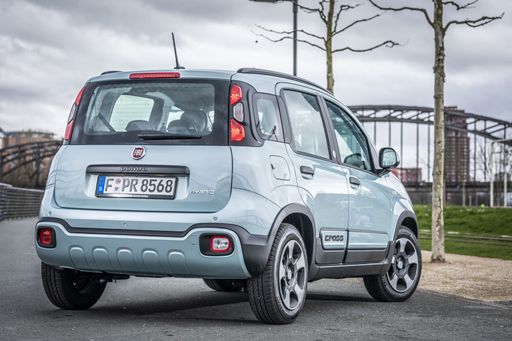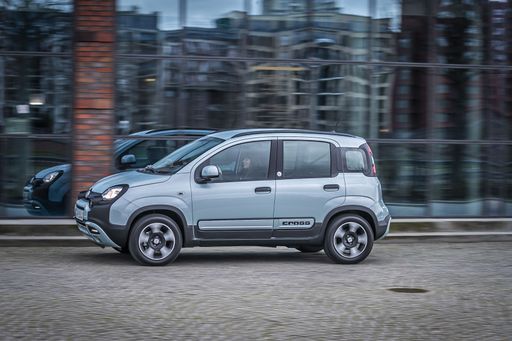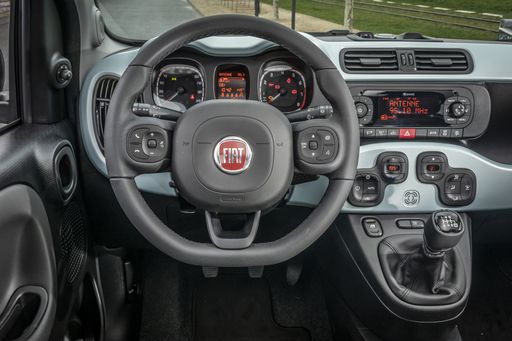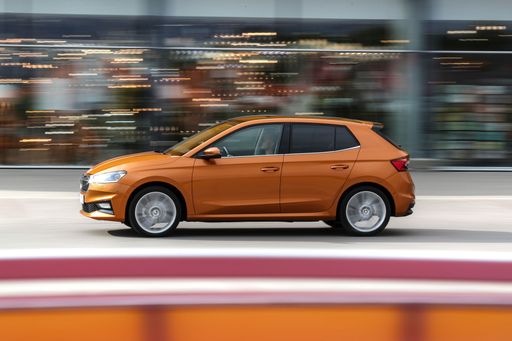Engine and Performance:
Power, torque and acceleration say a lot about how a car feels on the road. This is where you see which model delivers more driving dynamics.
When it comes to engine power, the Skoda Fabia has a significantly edge – offering 177 HP compared to 70 HP. That’s roughly 107 HP more horsepower.
In acceleration from 0 to 100 km/h, the Skoda Fabia is significantly quicker – completing the sprint in 7.40 s, while the Fiat Panda takes 13.90 s. That’s about 6.50 s faster.
In terms of top speed, the Skoda Fabia performs noticeable better – reaching 228 km/h, while the Fiat Panda tops out at 164 km/h. The difference is around 64 km/h.
There’s also a difference in torque: Skoda Fabia pulls convincingly stronger with 250 Nm compared to 92 Nm. That’s about 158 Nm difference.

